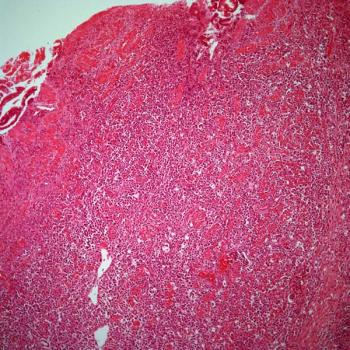
The addition of stereotactic radiotherapy to immune checkpoint inhibition appears safe but yields no significant survival benefit among patients with advanced solid tumors.

Your AI-Trained Oncology Knowledge Connection!


Nicholas Wrigley formerly wrote for CancerNetwork and was an editor for the journal ONCOLOGY.
He is a writer of fiction; his work has appeared in a local anthology, the Best Short Stories of Philadelphia, and elsewhere. He holds an MFA in Creative Writing from Temple University and spends most of his spare time reading books, writing books, playing video games, or sleeping. He has inexplicably strong opinions on East European history, Star Wars, and pasta. He lives in Greater Philadelphia with his family and, more importantly, their two dogs.

The addition of stereotactic radiotherapy to immune checkpoint inhibition appears safe but yields no significant survival benefit among patients with advanced solid tumors.
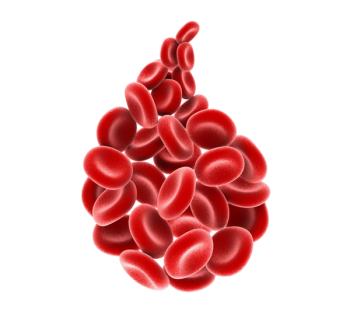
Eltrombopag may be an effective therapy for the ‘challenging condition’ of severe thrombocytopenia in patients with low-risk myelodysplastic syndromes.

Investigators report a disparity in survival among Black patients with inflammatory breast cancer, although receipt of treatment does not appear to vary according to race.

The marketing authorization application for this first-in-class agent is based on data from the phase 3 SPOTLIGHT and GLOW trials; a recommendation is expected in 2024.

Investigators of the LOTIS-9 trial are assessing loncastuximab tesirine plus rituximab for the treatment of unfit or frail patients with untreated diffuse large B-cell lymphoma.

The combination also demonstrates no new safety signals in patients with uresectable or metastatic disease and meets the phase 3 CheckMate-901 study’s primary survival end points.

Docetaxel does not appear to yield meaningful absolute improvements in survival among patients with metastatic castration-sensitive prostate cancer with low-volume, metachronous disease.

Findings from a retrospective review suggest that stereotactic radiosurgery alone may be an effective option vs whole brain radiation therapy among those with small cell lung cancer with brain metastases.
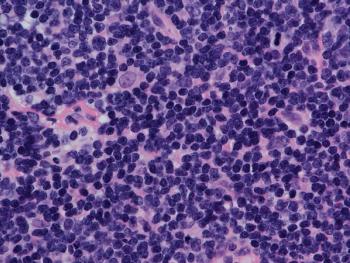
Patients with mantle cell lymphoma who undergo a shorter diagnosis to treatment interval also have worse clinical and disease characteristics on average than those with a longer interval.

Treatment with tepotinib and gefitinib appears to be beneficial compared with chemotherapy in a MET-amplified subgroup of patients with non–small cell lung cancer.
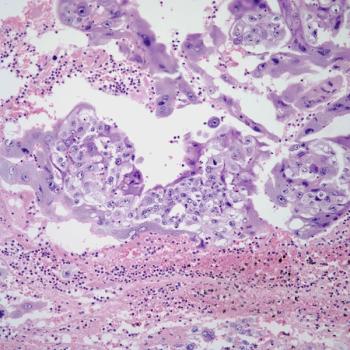
Pembrolizumab plus chemotherapy may improve clinical outcomes over placebo among patients with advanced or recurrent endometrial cancer.

MDNA55 appears tolerable and effective in a cohort of patients enrolled in a phase 2b trial, showing sustained efficacy in subgroup analyses.
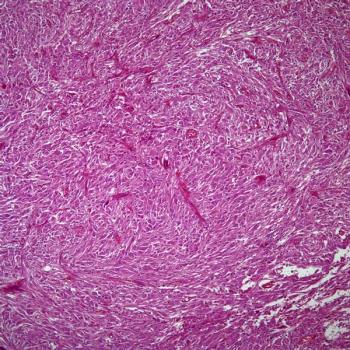
Data from a phase 2 trial assessing lenalidomide in patients under 22 years of age also highlight an optimal dose level for this population.

Use of the Cumulative Illness Rating Scale for Geriatrics may identify a greater comorbidity burden and a commensurate increase in risk of death among survivors of childhood cancer vs siblings and others.

Although single-agent cediranib improved outcomes in differentiated thyroid cancer, the addition of lenalidomide does result in a clinically meaningful improvement.

The agent appears to be less effective among patients with HER2-low disease, according to final results from the phase 2 DESTINY-CRC01 trial in metastatic colorectal cancer.
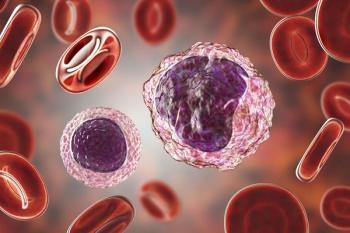
The addition of pembrolizumab to tisagenlecleucel also appears to yield inconclusive efficacy signals and did not augment cellular expansion among patients with diffuse large B-cell lymphoma in a phase 1b study.
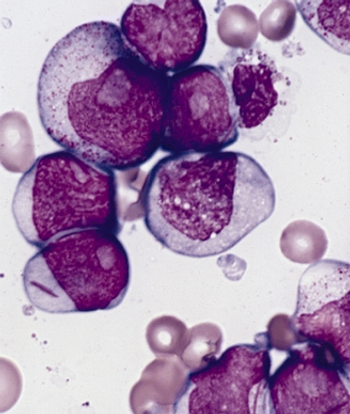
The agent will be evaluated in a phase 1 study for patients with several myeloid malignancies, in which investigators will identify a recommended phase 2 dose.

18F-rhPSMA-7.3 was approved by the FDA for the detection of PSMA-positive lesions during PET/CT imaging in prostate cancer.

Greater age may be an additional risk factor for fatigue among patients with prostate cancer receiving second generation antiandrogen agents, according to a recent systematic review.
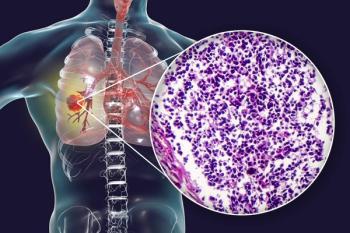
Immunogene therapy quaratusugene ozeplasmid will be evaluated in combination with atezolizumab in a phase 1/2 trial for the treatment of small cell lung cancer.
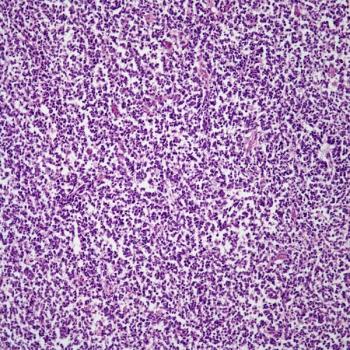
The agent continues to produce ongoing responses in a cohort of patients with undifferentiated pleomorphic sarcoma or myxofibrosarcoma in the phase 2 ENVASARC trial.
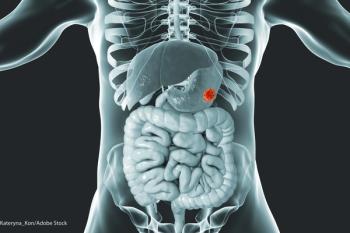
Topline data from the phase 3 KEYNOTE-585 trial, evaluating pembrolizumab in gastric and gastroesophageal junction adenocarcinoma, show a better rate of complete response following the experimental regimen vs chemotherapy alone.
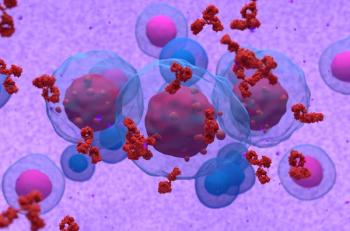
Black patients appear less likely than their White or Asian counterparts to meet hematologic lab criteria and treatment-related criteria necessary to enroll in clinical multiple myeloma trials.

The combination of venetoclax and ibrutinib may yield long-lasting treatment-free remission among patients with high-risk chronic lymphocytic leukemia.
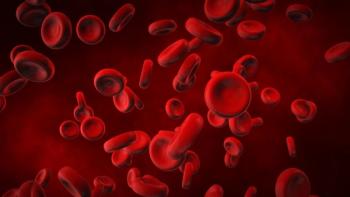
The new drug application for imetelstat is based on findings from the phase 3 IMerge trial, in which the telomerase inhibitor outperformed placebo in the treatment of transfusion-dependent anemia.

An updated analysis from the phase 3 ADAURA trial reports no significant changes in osimertinib’s safety profile in non–small cell lung cancer since the primary analysis.

The accepted new drug application is for Pemrydi RTU, a ready-to-use injectable that requires no reconstitution, dilution, or refrigeration.

A retrospective analysis of more than 17,000 patients with hematologic malignancies identified a difference in median survival between patients who received palliative care in addition to hematopoietic stem cell transplantation and those who didn’t.
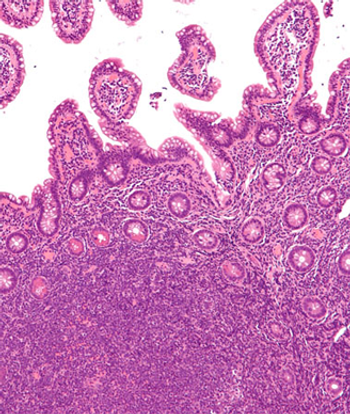
The non-covalent BTK inhibitor shows an encouraging duration of response in patients with heavily pretreated, relapsed/refractory mantle cell lymphoma, according to data.